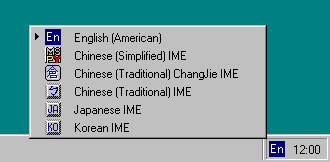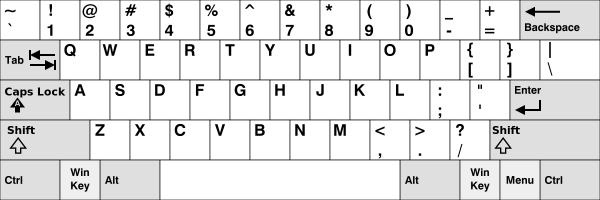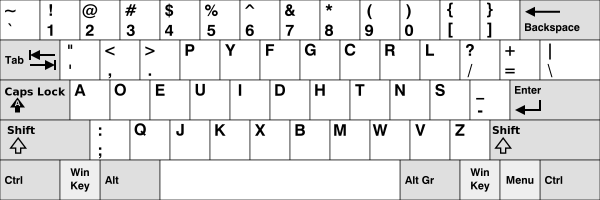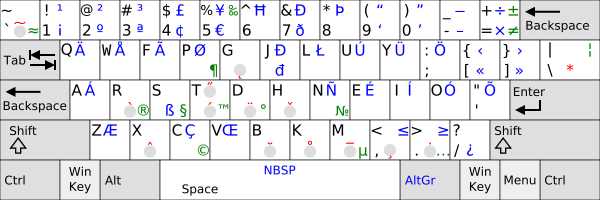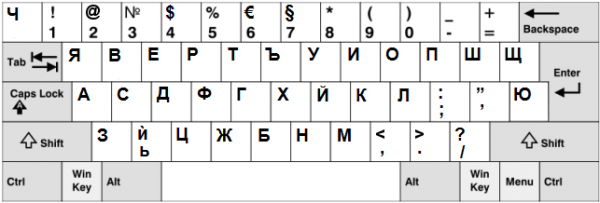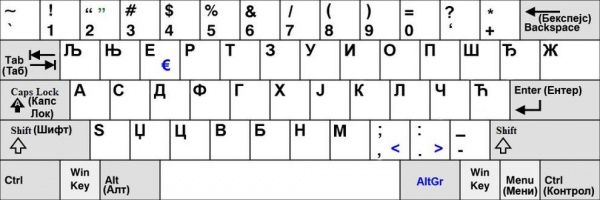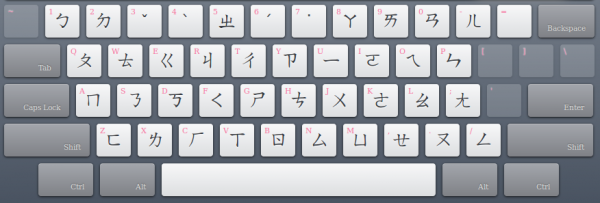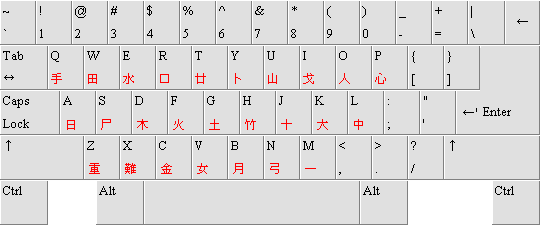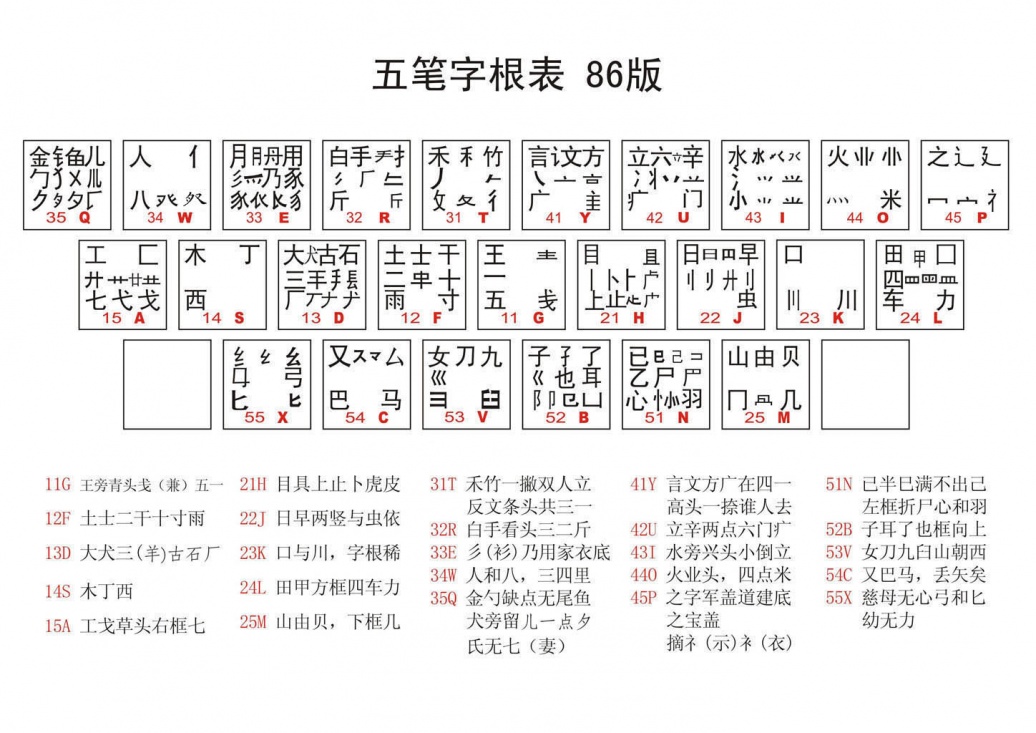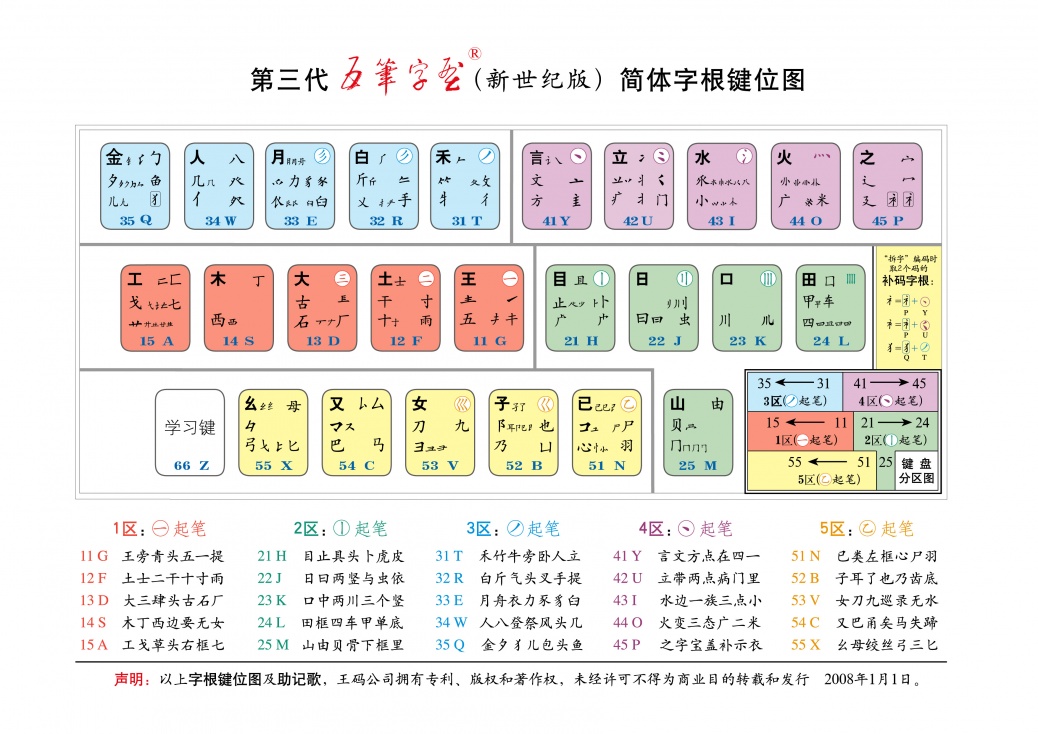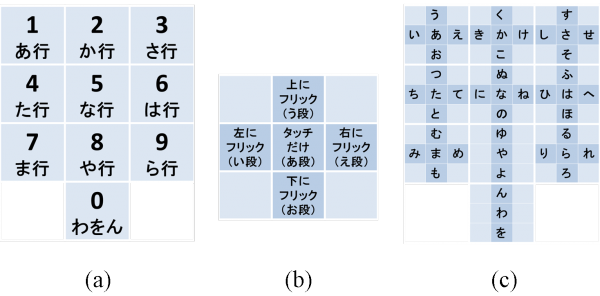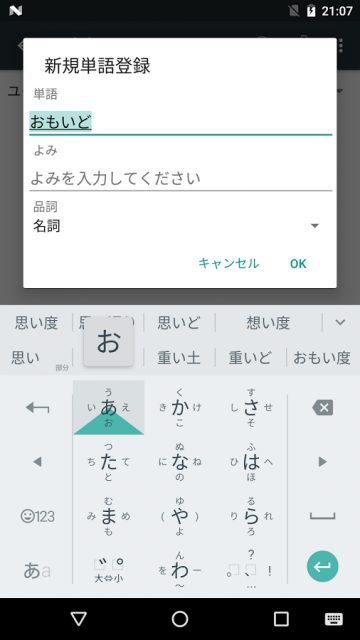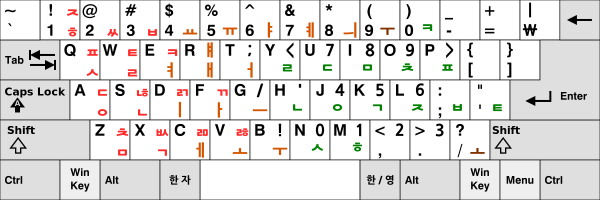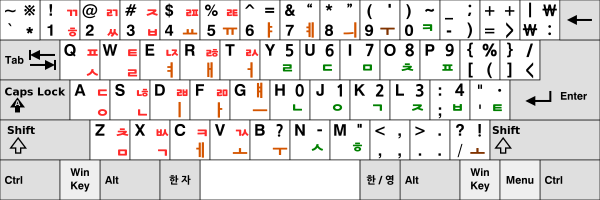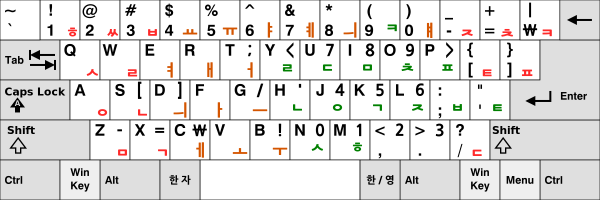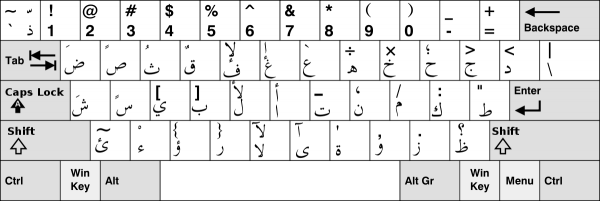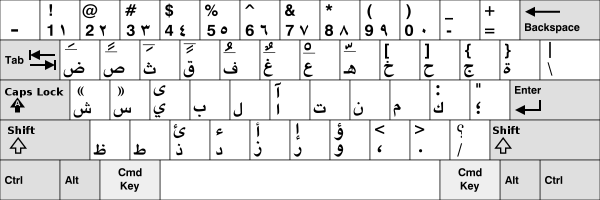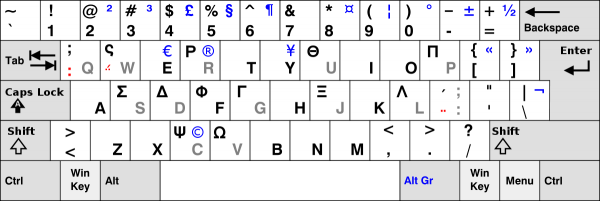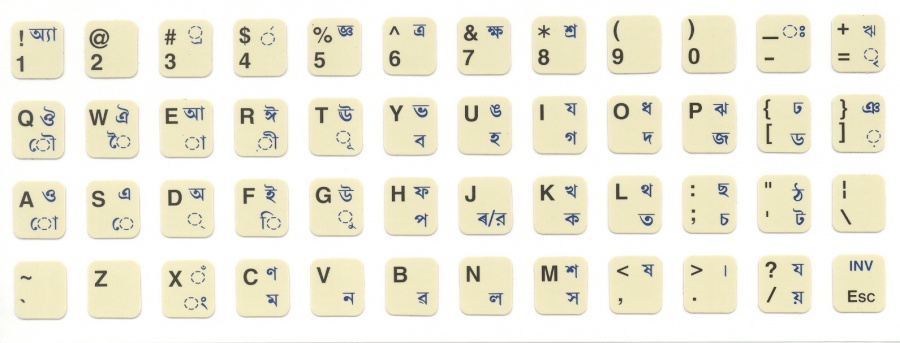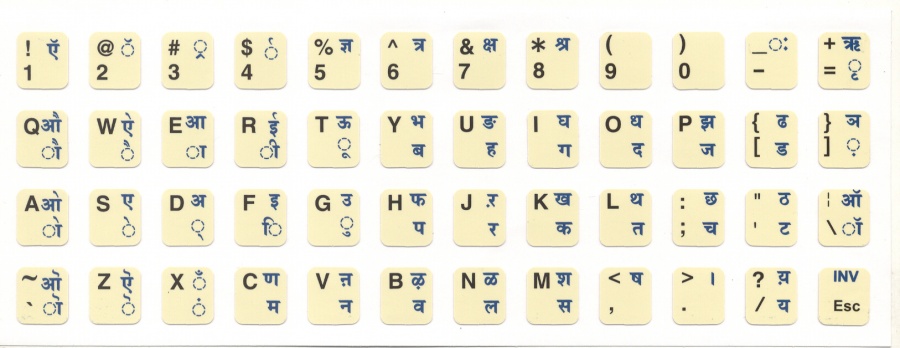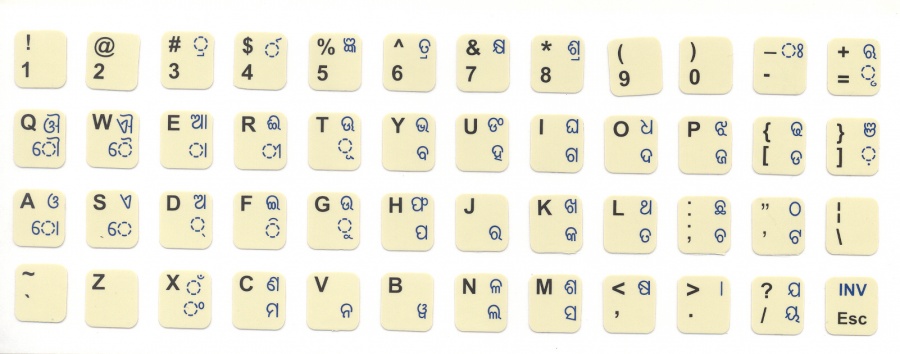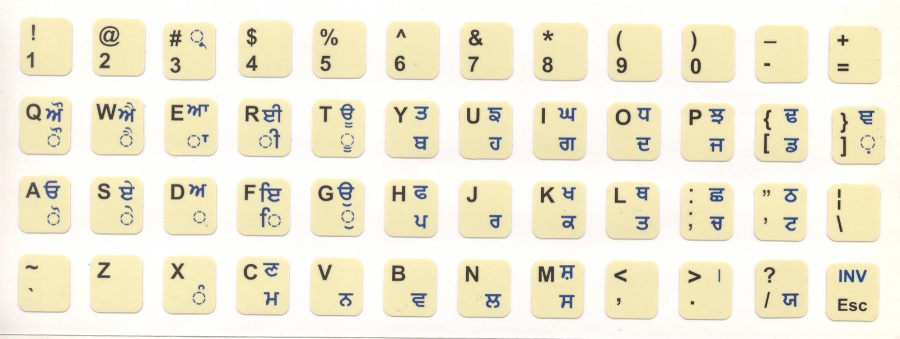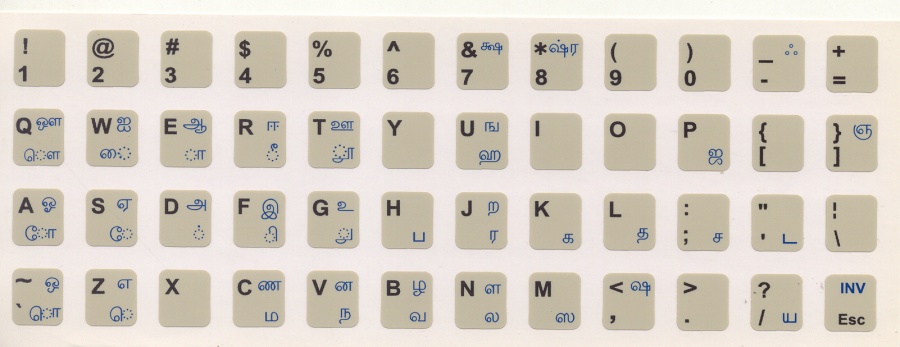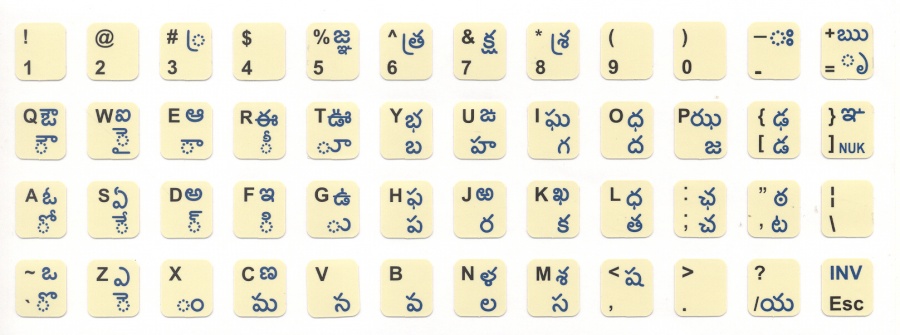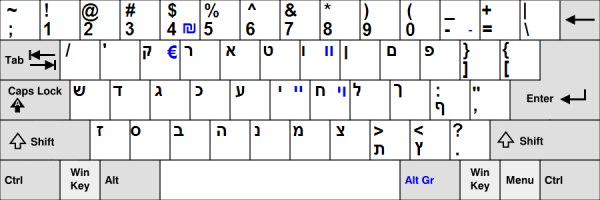Difference between revisions of "Language/Multiple-languages/Culture/Keyboards"
| Line 3: | Line 3: | ||
Here are some suggested input methods, but not all notable ones are covered. | Here are some suggested input methods, but not all notable ones are covered. | ||
Recommended multilingual keyboard on Android: Multiling O keyboard | Recommended multilingual keyboard on Android: Multiling O keyboard | ||
https://play.google.com/store/apps/details?id=kl.ime.oh | https://play.google.com/store/apps/details?id=kl.ime.oh | ||
Recommended typing tutor software: RapidTyping | Recommended typing tutor software: RapidTyping | ||
http://www.rapidtyping.com/ | http://www.rapidtyping.com/ | ||
The Microsoft Keyboard Layout Creator | |||
https://msdn.microsoft.com/en-us/globalization/keyboardlayouts.aspx | |||
== Latin == | == Latin == | ||
| Line 18: | Line 22: | ||
Its main advantage is the overwhelming amount of user, most keyboard shortcuts are designed according to it. | Its main advantage is the overwhelming amount of user, most keyboard shortcuts are designed according to it. | ||
There are a lot of variants to input Latin | There are a lot of variants of it to input other languages written in Latin script. | ||
[[File:1200px-KB United States-NoAltGr.svg.png|frameless|600x600px]] | [[File:1200px-KB United States-NoAltGr.svg.png|frameless|600x600px]] | ||
| Line 47: | Line 51: | ||
=== Comparison of the layouts === | === Comparison of the layouts === | ||
[[File:Keyb-stat.png|frameless|923x923px]] | [[File:Keyb-stat.png|frameless|923x923px]] | ||
=== Turkish keyboard === | |||
[[File:1200px-KB Turkey f yeni.svg.png|frameless|600x600px]] | |||
=== Third party software for Esperanto === | |||
Although shown in Windows 10, Esperanto keyboard is not avaliable. | |||
Download website: | |||
http://www.zz9pza.net/tajpi/en/ | |||
== Cyrillic == | == Cyrillic == | ||
=== JCUKEN === | === JCUKEN === | ||
It's commonly called Windows layout, for Russian. | It's commonly called Windows layout, for Russian, and there is a variant of it for Ukranian. | ||
[[File:KB Russian.svg.png|frameless|600x600px]] | |||
[[File: | === Bulgarian === | ||
It's based on QWERTY. | |||
[[File:Bulgarian keyboard win.png|frameless|600x600px]] | |||
=== Serbian Cyrillic === | |||
It's based on QWERTZ. | |||
[[File:QWERTZ Srpska tastatura.jpg|frameless|600x600px]] | |||
== Chinese == | == Chinese == | ||
| Line 87: | Line 111: | ||
There are mainly two versions, 3 and 5, the latter is more reasonable. | There are mainly two versions, 3 and 5, the latter is more reasonable. | ||
Microsoft | Microsoft Changjie IME on Windows 10 is version 3. | ||
[[File:Keyboard layout Cangjie.png|frameless|540x540px]] | [[File:Keyboard layout Cangjie.png|frameless|540x540px]] | ||
| Line 116: | Line 140: | ||
http://www.chinesecj.com/cj5dict/ | http://www.chinesecj.com/cj5dict/ | ||
Cangjie 5 download on Windows: | Cangjie 5 download on Windows: | ||
| Line 147: | Line 167: | ||
Layout of Wubi New-century: | Layout of Wubi New-century: | ||
[[File:WubiNewCentury.jpg|frameless| | [[File:WubiNewCentury.jpg|frameless|1038x1038px]] | ||
Wubi course, based on version 86: | Wubi course, based on version 86: | ||
| Line 172: | Line 192: | ||
== Japanese == | == Japanese == | ||
=== Romaji === | === Romaji input === | ||
It's a romanizaton created by Portugese in around 1548. Later it came into computers. | It's a romanizaton created by Portugese in around 1548. Later it came into computers. | ||
| Line 179: | Line 199: | ||
Its main advantage is easy to learn. | Its main advantage is easy to learn. | ||
=== | === Kana input === | ||
Its main advantage is efficient. | Its main advantage is efficient. | ||
| Line 188: | Line 206: | ||
[[File:1200px-KB Japanese.svg.png|frameless|600x600px]] | [[File:1200px-KB Japanese.svg.png|frameless|600x600px]] | ||
=== Keitai input === | === Keitai flick input === | ||
It's for mobile phones, to flick finger from a position to a direction to input. | It's for mobile phones, to flick finger from a position to a direction to input. | ||
| Line 195: | Line 213: | ||
It's the most popular in Japan. | It's the most popular in Japan. | ||
[[File:KeitaiInput.png|frameless| | [[File:KeitaiInput.png|frameless|600x600px]] | ||
Example: | Example: | ||
[[File:KeitaiInputExample.png|frameless| | [[File:KeitaiInputExample.png|frameless|641x641px]] | ||
== Korean == | == Korean == | ||
| Line 236: | Line 254: | ||
== Greek == | == Greek == | ||
Based on QWERTY. | |||
[[File:1200px-KB Greek.svg.png|frameless|600x600px]] | [[File:1200px-KB Greek.svg.png|frameless|600x600px]] | ||
| Line 271: | Line 291: | ||
== Hebrew == | == Hebrew == | ||
[[File:Hebrew keyboard layout.png|frameless|600x600px]] | [[File:Hebrew keyboard layout.png|frameless|600x600px]] | ||
Revision as of 08:36, 13 April 2017
Here are some suggested input methods, but not all notable ones are covered.
Recommended multilingual keyboard on Android: Multiling O keyboard
https://play.google.com/store/apps/details?id=kl.ime.oh
Recommended typing tutor software: RapidTyping
The Microsoft Keyboard Layout Creator
https://msdn.microsoft.com/en-us/globalization/keyboardlayouts.aspx
Latin
QWERTY
It's created in the 1870s by Christopher Latham Sholes. But it's designed to avoid key stuck in typewriters, so it provides possibility for better alternatives in computers.
Its main advantage is the overwhelming amount of user, most keyboard shortcuts are designed according to it.
There are a lot of variants of it to input other languages written in Latin script.
Dvorak
It's created by August Dvorak and William Dealey in 1936.
Its main advantage is efficient.
Dvorak right hand
Dvorak left hand
Colemak
It's created by Shai Coleman and released in 2006.
Its main advantage is convenient.
Official website:
Comparison of the layouts
Turkish keyboard
Third party software for Esperanto
Although shown in Windows 10, Esperanto keyboard is not avaliable.
Download website:
http://www.zz9pza.net/tajpi/en/
Cyrillic
JCUKEN
It's commonly called Windows layout, for Russian, and there is a variant of it for Ukranian.
Bulgarian
It's based on QWERTY.
Serbian Cyrillic
It's based on QWERTZ.
Chinese
Zhuyin (Bopomofo)
It's a set of phonetic notes created by the Beiyang Government in the 1910s. Later it came into computers.
Its main advantage is easy to learn.
It's the most popular in Taiwan.
Pinyin
It's a romanizaton created by many linguists in the 1950s and published by Government of China in 1958, and has been revised several times. Later it came into computers.
It follows the system's keyboard, usually QWERTY.
Its main advantage is easy to learn.
It's the most popular in China.
Cangjie
It's created by Chu Bong-Foo and named by Chiang Wei-kuo in 1976, to input Traditional Chinese by making characters up with parts.
Mr. Chu waived his copyright for common good.
Its main advantage is efficient and enabling to input characters without knowing its pronunciation.
It's very popular in Hong Kong and Macau.
There are mainly two versions, 3 and 5, the latter is more reasonable.
Microsoft Changjie IME on Windows 10 is version 3.
Layout of Cangjie 3:
Two parts are added in Cangjie 5:
Cangjie course, based on version 3:
http://dylansung.tripod.com/methods/cangjie.htm
Cangjie course in Chinese:
https://zh.wikibooks.org/wiki/%E5%80%89%E9%A0%A1%E8%BC%B8%E5%85%A5%E6%B3%95
Cangjie 3 code dictionary:
http://input.foruto.com/cjdict/Search_1.php
Cangjie 5 code dictionary:
http://www.chinesecj.com/cj5dict/
Cangjie 5 download on Windows:
http://www.chinesecj.com/forum/forum.php?mod=viewthread&tid=2596&extra=page%3D1
Simplified Cangjie
A variant of Cangjie, only to input the initial and the final parts and then select from candidates.
Wubi
It's created by Wang Yongmin in 1986, to input Simplified Chinese by making characters up with parts.
It main advantage is efficient and enabling to input characters without knowing its pronunciation.
There are mainly three versions, 86, 98 and New-century. The former the more popular, but the latter the more reasonable.
Microsoft Wubi IME on Windows 10 is version 86.
Layout of Wubi 86:
Layout of Wubi 98:
Layout of Wubi New-century:
Wubi course, based on version 86:
http://h30266.www3.hpe.com/odl/i64os/office/dwmtc16/supp/sg_hanzi_6.html#5shape_im
Wubi course in Chinese, based on version 86:
http://soft.zol.com.cn/22/224137_all.html#p224234
Wubi code dictionary:
Official website:
Handwriting input
To input by handwriting recognition.
Its main advantage is enabling to input characters without knowing its pronunciation (many can show it), and to input uncommon characters.
Japanese
Romaji input
It's a romanizaton created by Portugese in around 1548. Later it came into computers.
It follows the system's keyboard, usually QWERTY.
Its main advantage is easy to learn.
Kana input
Its main advantage is efficient.
It's the most popular in Japan.
Keitai flick input
It's for mobile phones, to flick finger from a position to a direction to input.
Its main advantage is efficient.
It's the most popular in Japan.
Example:
Korean
Dubeolsik
Its main advantage is easy to learn.
It's the most popular in Korea.
Sebeolsik 390
It's created by Kong Byung Woo and released in 1990.
Sebeolsik Final
The final design of Sebeolsik.
Its main advantage is covienient.
Sebeolsik Noshift
A variant of Sebeolsik, to avoid pressing shift.
Arabic
IBM PC Arabic Keyboard
Mac Arabic Keyboard
Greek
Based on QWERTY.
Brahmic
Inscript
It's a set of keyboards standardized by Government of India in 1986.
